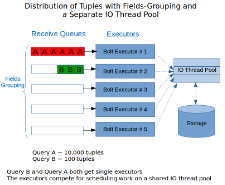0
Leaders’ STEM education determines stance on iPhone encryption case
Robert Hannigan head of Britain’s NSA equivalent agency the GCHQ, finally stopped asking for a backdoor to encrypted devices. Instead he called for an end to what he called the “abuse of encryption” by ISIS and other terrorists and criminals at the MIT Internet Policy Research Initiative, according to a report by the MIT Technology Review.Hannigan wasn’t getting what he wanted by calling it a backdoor so he changed the name for building flawed encryption that law enforcement can exploit to “ending the abuse of encryption.” Hannigan’s attempt to use speechwriters and political spin to solve a mathematical problem is a fool’s errand.To read this article in full or to leave a comment, please click here


